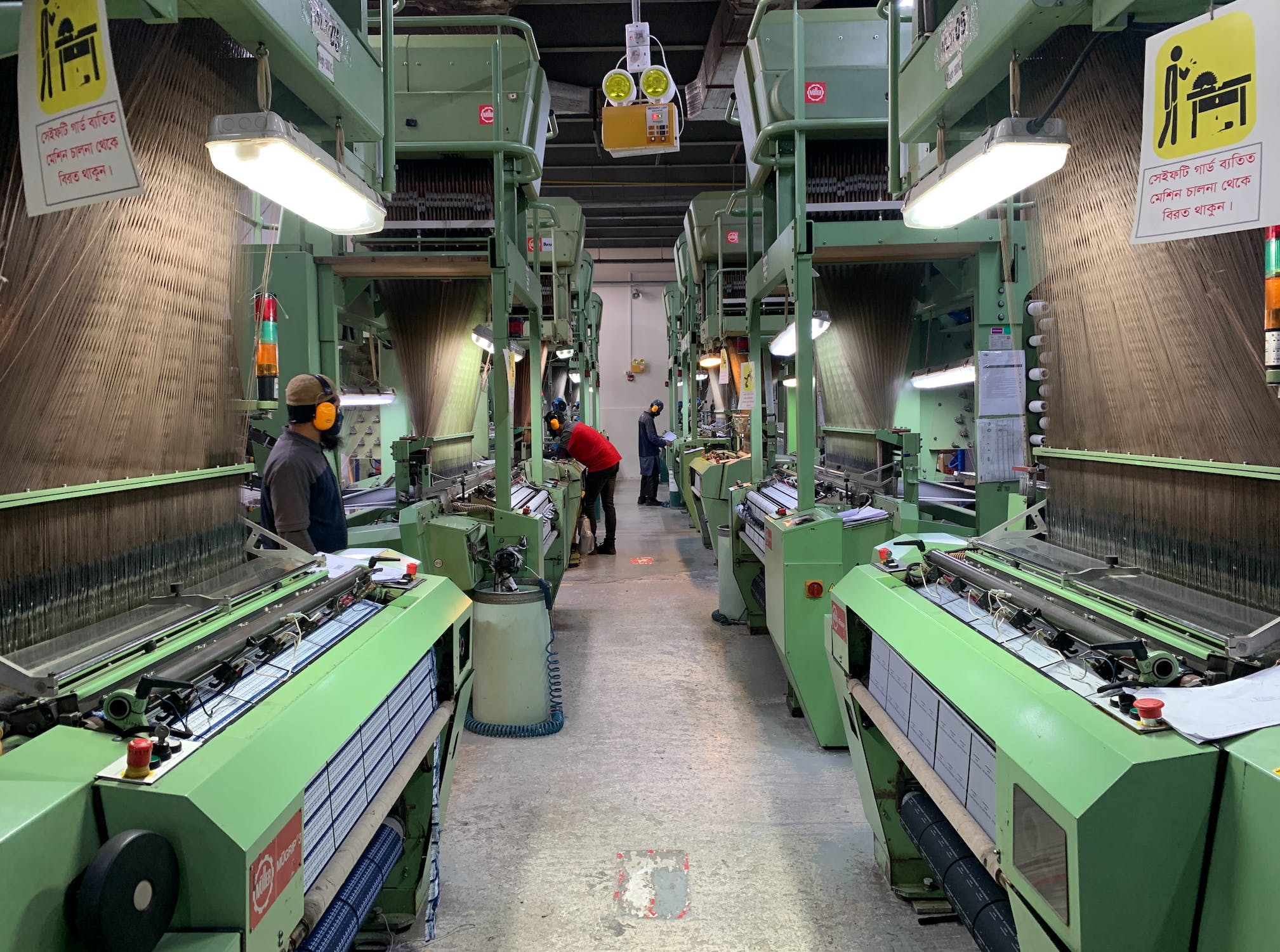
Manufacturing has always been about streamlining processes to maximize efficiency. With the advent of technology, automation has become inevitable to increase productivity, reduce costs, and improve quality. However, identifying the right technology to automate your manufacturing process can get overwhelming and confusing. Choosing the wrong automation system could lead to costly mistakes, production delays, and have a ripple effect on your entire operation. In this blog, you’ll learn more about the key technologies you need to automate your manufacturing process. This includes their features, benefits, and how they can enhance your productivity, reduce costs, and improve quality.
The landscape of manufacturing and automation is continually evolving, with several key trends coming to the fore. Firstly, Industrial Internet of Things (IIoT) is playing a crucial role in collecting crucial data points, driving automation, and improving operational efficiency. Also, artificial intelligence (AI) and machine learning (ML) are making significant strides in predictive maintenance, quality control, and demand planning. Another trend is 3D Printing, which is transforming the manufacturing industry by speeding up the production process and allowing for greater customization. Finally, the rise of collaborative robots (Cobots) is democratizing automation, making it accessible even to smaller manufacturers. These robots work alongside humans, enhancing productivity and reducing risks associated with dangerous tasks. These trends are not only reshaping the manufacturing landscape but also paving the way for more advanced automation strategies.
Indeed, automation isn’t solely about introducing new technologies. It’s also about optimizing existing machinery and processes. Process optimization involves identifying bottlenecks or inefficiencies in your current operations and implementing solutions to address them. This might mean reconfiguring the workflow, upgrading machinery software, or even retraining staff. Techniques like lean manufacturing can help reduce waste, eliminate non-value adding activities, and streamline processes, leading to significant efficiency gains. The use of predictive maintenance strategies, powered by AI and ML, can also optimize machine performance by foreseeing potential issues before they occur. This minimizes downtime and increases overall productivity. Thus, the optimization of existing resources is an integral aspect of the automation journey, often serving as the stepping stone towards more advanced automation implementations.
Here’s more about some of the key technology that could help your manufacturing process.
DKC Servo Drives
These are motion controllers developed for precise and high-performance motion control applications. They come with a range of features, such as programmable acceleration/deceleration ramps, torque boost functions, electronic gearing, and encoder feedback. These drives can also be intuitively operated via software interfaces like CANopen or EtherCAT. Rexroth Indramat DKC servo drives also provide improved precision and energy efficiency, leading to superior quality control and cost savings.
Collaborative Robots (Cobots)
Collaborative robots, also referred to as Cobots, are becoming increasingly popular in manufacturing. They are cost-effective, flexible, and efficient. Cobots can easily work alongside human employees. They can assist with mundane tasks, such as picking and placing materials, welding, and assembly. They are also easy to program and can be easily integrated into an existing production line. Cobots are safe as they have sensors that detect when a person is too close and hence stop their operation.
IoT-enabled Sensors
IoT enabled sensors are essential in automating the manufacturing process. They gather crucial data that is used in decision-making. They can quickly detect quality issues, vibrations, and temperature changes in the manufacturing process, reducing downtime and enhancing the quality of the final product. IoT-enabled sensors can send alerts to maintenance teams to address the issue before it escalates into costly downtime. They can also give real-time data that is analyzed to optimize production and reduce waste.
Artificial Intelligence and Machine Learning
Artificial intelligence and machine learning are both revolutionizing the way we manufacture products. Through machine learning, AI systems learn patterns and predict outcomes, allowing companies to make informed decisions while reducing waste and improving efficiency. AI can detect problems across the entire supply chain in real-time and recommend solutions. Predictive maintenance combines both AI and machine learning to monitor the machines’ behavior allowing maintenance schedules to be adjusted. This reduces the chances of any downtime and improves operational efficiency.
Real-Time Monitoring Systems
Real-time monitoring systems collect data from the manufacturing process and use advanced analytics to identify patterns or issues. They can analyze the supply chain at every level, from raw material extraction to shipping the final product. Real-time monitoring identifies issues before they become problems and provides alerts for the same. This allows for prompt and corrective action and improves operational efficiency and responsiveness, reducing waste and increasing profitability.
3D Printing
3D printing is gaining popularity in the manufacturing industry because of its precision and cost-effectiveness. It is becoming widely accepted across industries and is used in creating complex and lightweight components. 3D printing can also reduce the time required to manufacture components, allowing companies to reduce inventory levels and streamline the supply chain. It can help industries such as aerospace, healthcare and automobile to quickly produce highly specific and complex goods.
Robotic Arms
Robotic arms are multi-axis machines used for process automation in a wide range of industries. These bots can be programmed to perform repetitive tasks with precision and speed, reducing human effort and errors. Robotic arms have become an integral part of modern manufacturing processes, helping manufacturers achieve high productivity rates. They are also used in areas such as welding, parts assembly, and material handling.
Automation is the future of manufacturing. Automated manufacturing processes can reduce costs, reduce waste, and optimize efficiency. Choosing the right technology is essential for success. DKC servo drives, collaborative robots, IoT enabled sensors, artificial intelligence, real-time monitoring systems, 3D printing and robotic arms are all examples of technologies that use automation to maximize productivity in manufacturing. By investing in and adopting these technologies, companies can boost their competitiveness and achieve better results. Automation technologies also improve the safety of employees, reducing the risk of accidents. Companies that adopt automation technologies will find increased profitability and significant improvements in the quality of the products produced.
